Underground mining is one of the most challenging and dangerous sectors in the industrial world. Beneath the surface, workers navigate confined spaces, high temperatures, and the constant threat of hazards such as cave-ins and toxic gas exposure. One of the most serious and potentially fatal dangers is a gas leak. At Becker Wholesale Mine Supply, we understand that recognizing the early warning signs of a gas leak can mean the difference between a routine shift and a catastrophic emergency. This post takes a human-centered look at the critical signs of a gas leak in underground mining operations and how to act swiftly to protect your team and your site.
Top Benefits of Tunnel Radio Systems in Underground Mines
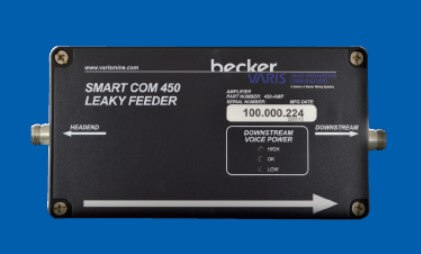
Mining has always been one of the most rugged, dangerous, and challenging industries in the world. With miners working hundreds—sometimes thousands—of feet below the surface, reliable communication becomes more than just a luxury; it’s a necessity. At Becker Wholesale Mine Supply, we understand these challenges firsthand. That’s why we’re proud to offer Tunnel Radio Systems, designed specifically to bring clarity, safety, and operational efficiency deep into the earth’s toughest environments.
How Underground Leaky Feeder System Work in Mining

In the rugged and often unforgiving world of underground mining, communication can mean the difference between a smooth operation and a dangerous one. Over the years, mining operations have embraced various communication technologies, but few have stood the test of time like the Underground Leaky Feeder System. At Becker Wholesale Mine Supply, we’ve seen firsthand how crucial it is to have a reliable, real-time communication system operating deep beneath the earth’s surface. Today, we’re taking a closer look at how the Underground Leaky Feeder System works—and why it continues to be a cornerstone of modern mining communication.
Mining Gas Detectors: Detection Solutions for Miners
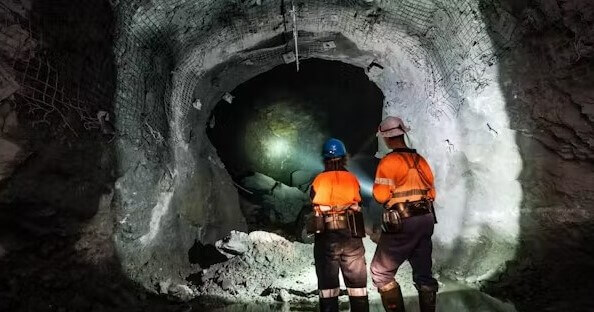
It is an important industry that drives economies around the globe, but mining is also fraught with risks. A good miner knows that one of the most insidious threats they might face underground is exposure, to poisonous gases. My Trainer was not able to find these gases and that’s why can cause health problems, explosions or even death. This is why Mining Gas Detectors are essential in underground and surface mining operations. Becker Wholesale Mine Supply, a trusted provider of mine safety solutions, guarantees that its customers have access to the most advanced gas detection technology available to provide a safe working environment.
Gas Detection In The Mining Industry

In the mining industry, ensuring the safety and health of workers is paramount. Among the many hazards that miners face, gas exposure is one of the most dangerous. Dangerous gases such as methane, carbon monoxide, hydrogen sulfide, and other toxic substances can accumulate in mining environments, putting workers at risk. This is where gas detection technology plays a crucial role in safeguarding workers and ensuring the stability of mining operations.
Gas Sensor and Calibration in Mining Industry
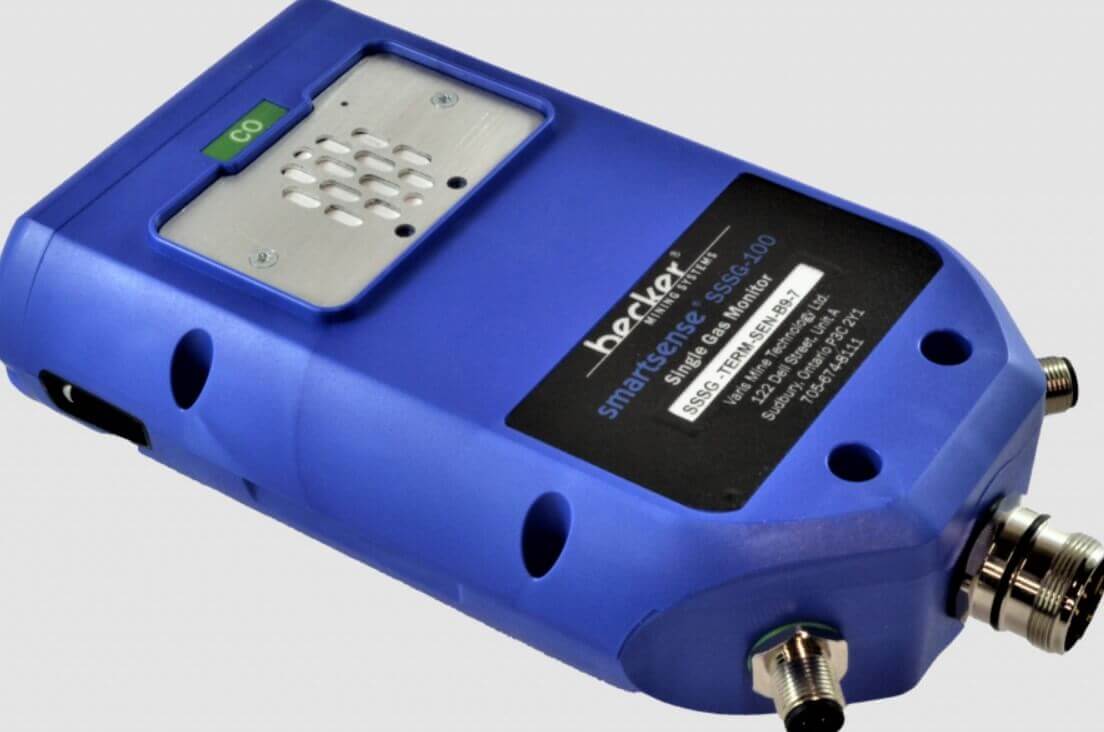
In the mining industry, safety is a top priority. Underground and surface mines are constantly exposed to hazardous gases, which pose severe risks to workers and operations. Gas sensors play a crucial role in detecting and monitoring these gases to prevent accidents. However, accurate gas detection depends on proper sensor calibration. In this blog, we will explore the significance of gas sensor and calibration in mining and how Becker Wholesale Mine Supply ensures top-tier safety with their advanced gas detection solutions.
Gas Detector Essentials for Safe Mining Practices

Mining operations are inherently risky, with workers often exposed to hazardous conditions and materials. Among the most dangerous risks is exposure to toxic or explosive gases that can lead to serious health hazards or even fatal accidents. To ensure the safety of miners, one essential piece of equipment that plays a critical role is the gas detector. At Becker Wholesale Mine Supply, we understand the importance of having reliable and effective gas detection equipment. This blog post explores the essentials of gas detectors and how they contribute to safe mining practices, protecting the health and lives of miners, while also promoting overall mine safety.
Radio Systems Streamline Mining Communication
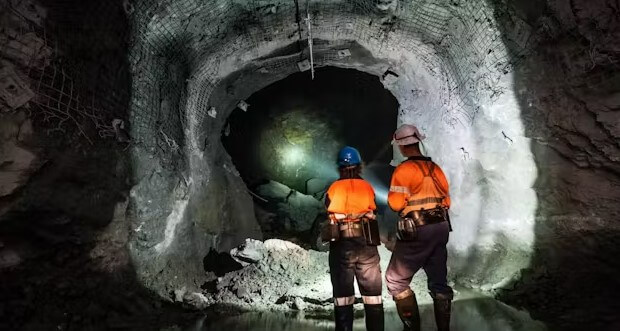
In the challenging environment of mining, effective communication is crucial. Whether it’s ensuring the safety of workers underground or coordinating operations across vast mine sites, reliable and efficient communication systems are the backbone of a well-run mining operation. Over the years, technological advancements have significantly enhanced mining communication, with radio systems leading the charge in improving both efficiency and safety. In this blog post, we will explore how radio systems streamline mining communication and contribute to the overall success of mining operations.
How a Mine Gas Monitor Saves Lives
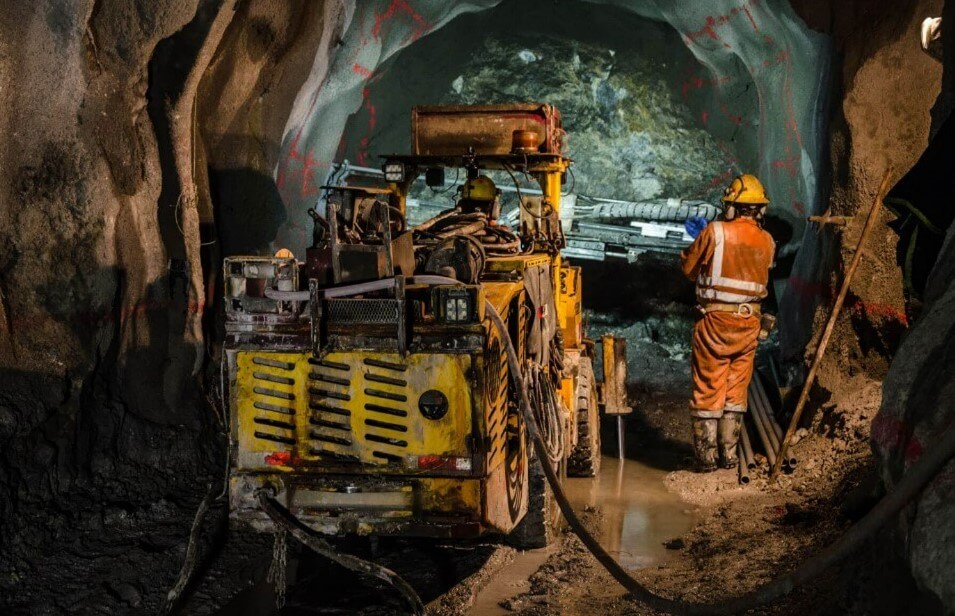
In the mining industry, safety is always a top priority. While the advancements in equipment, technology, and procedures have significantly improved safety standards over the years, mining still remains a hazardous occupation. One of the most insidious dangers faced by miners is the presence of harmful gases in the air. Whether it’s methane, carbon monoxide, or oxygen deficiency, these gases pose a significant risk to the health and safety of workers. This is where a Mine Gas Monitor becomes a vital tool in ensuring that the workplace remains safe.
Gas Detection Technology: Essential in Mining Operation

Mining is a crucial industry that provides the raw materials necessary for countless sectors worldwide. However, it’s also one of the most dangerous industries, with workers exposed to a variety of hazards daily. Among these dangers, the presence of hazardous gases such as methane, carbon monoxide, and hydrogen sulfide represents a significant risk to miners’ health and safety. In response to this threat, the development and implementation of advanced gas detection technology has become a game-changer in enhancing workplace safety. This technology has not only saved lives but also transformed how safety protocols are integrated into mining operations.